
Polarized Training Pathway
In collaboration with Dr. Stephen Seiler, the “father of polarized training,” we have curated everything you need to know about the 80/20 training method.

Cycling training is a science and an art. How endurance athletes train, when they train, and the intensity and duration of that training all affect the gains and adaptations they see.
Proper interval execution is essential to see the expected progress. How you analyze and interpret all that data is equally valuable. Of course, training needs to be planned so it fits into any given season, race schedule, and lifestyle. Off the bike, the importance of strength and conditioning is often neglected.
This is training. This process is what athletes live for.

In collaboration with Dr. Stephen Seiler, the “father of polarized training,” we have curated everything you need to know about the 80/20 training method.
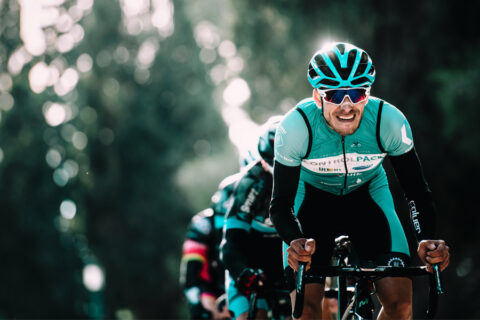
Interval workouts are a fundamental part of any endurance training program. Learn exactly what intervals are, why they are so important, and how to properly execute interval workouts with the help of Sebastian Weber, Neal Henderson, and Dr. Stephen Seiler.
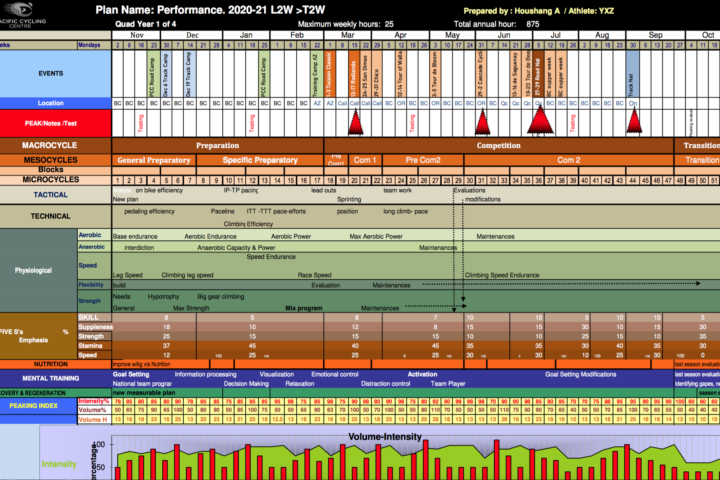
We review the art and science of developing and maintaining an annual training plan, which helps athletes progress and perform at their best.
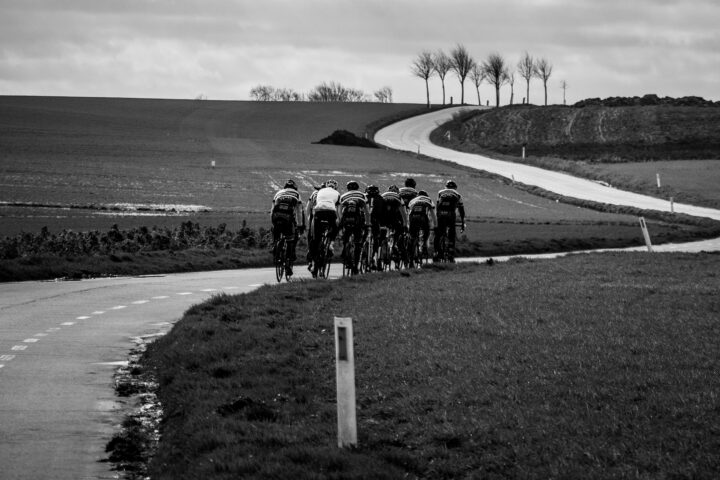
It’s hard to find time to fit in the long, slow miles that traditionally comprise the base season. Coach Trevor Connor offers suggestions for improving life-training balance, understanding quality versus quantity, and more.

In this week’s potluck episode, we discuss whether there is a true ceiling to our potential, whether there’s a value in “wintering” or taking time off, and what cross training our hosts recommend.

We explore what it takes to develop from a recreational triathlete into an IRONMAN World Championship qualifier.

Finding another month or two in the legs may be more about careful management of fatigue and having a little more fun.
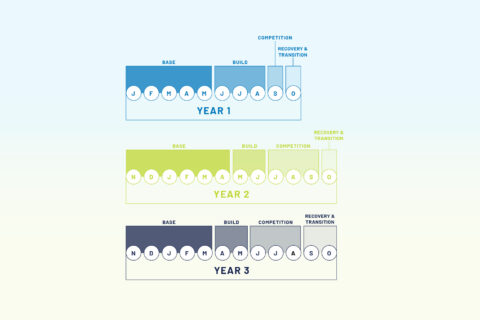
If you’re looking to tackle some ultra-endurance events it’s important to take a longer-term approach to your training that extends beyond a single season. We explain how and why.

Training at this time of year can be tricky. We’re here to help you with our top 10 tips for success during the off-season.

Get the right mix of intensity at the right time and polarized training pays off. Take a disciplined approach for best results.
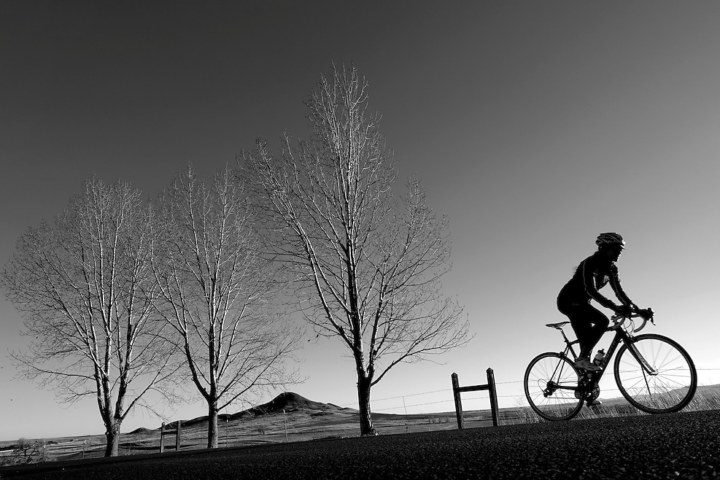
The concept of base training has been a part of endurance training for decades. Laying a foundation of fitness early in the season sets the stage for success later on. With the help of Joe Friel, Dr. Stephen Seiler, and Dr. Andy Pruitt, we explore the how and why of this fundamental aspect of endurance training.
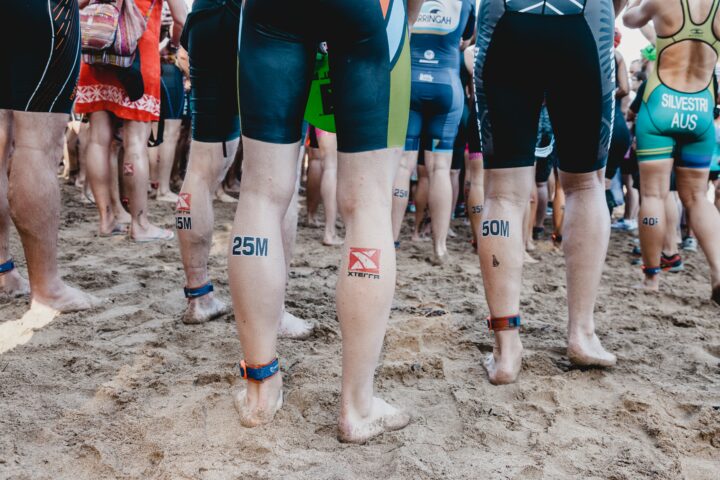
If you’re new to triathlon, equal training among the three sports may be all you need. But for advanced athletes, a more sophisticated approach involves unequal distribution between the disciplines.
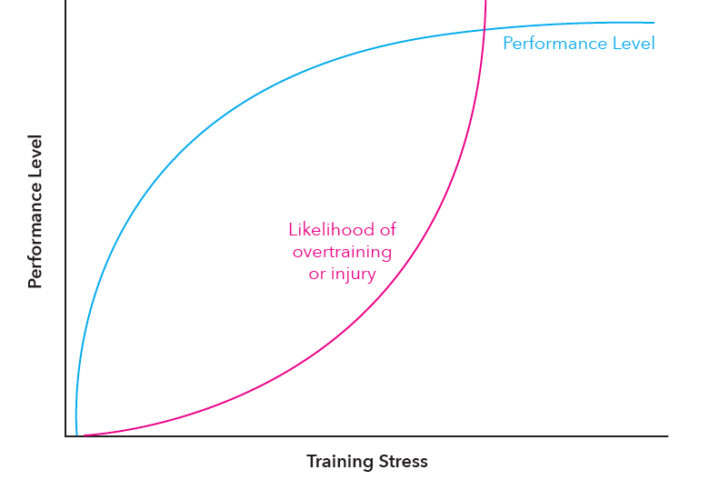
Eighty percent of what you need to know about endurance training can be illustrated by a simple graph. Coach Connor and his mentor Glenn Swan explore this simple concept.
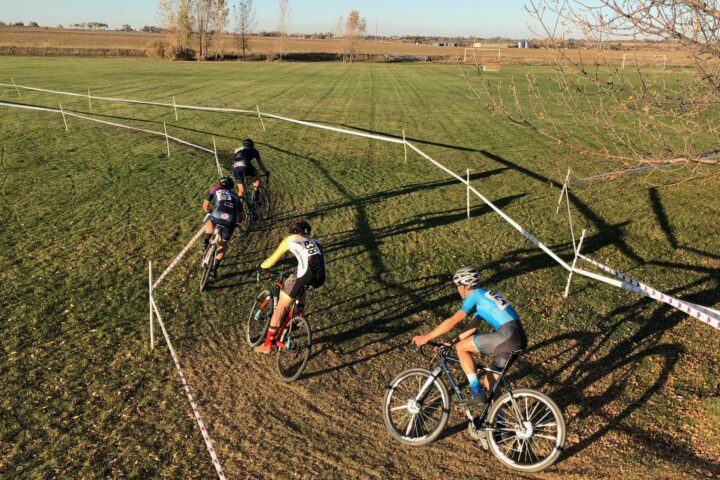
Coach Alec Donahue of Cycle-Smart helps us answer questions about training zones, cyclocross, weekly planning, and alcohol.
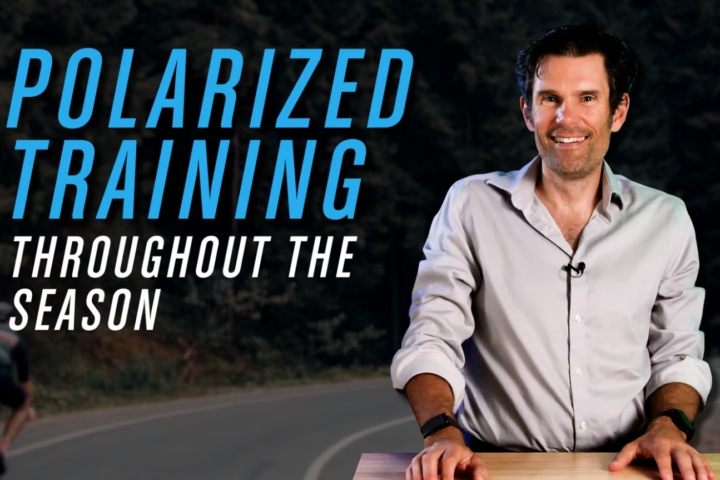
Coach Trevor Connor details how to apply the polarized training method and distribute intensity across your entire season.
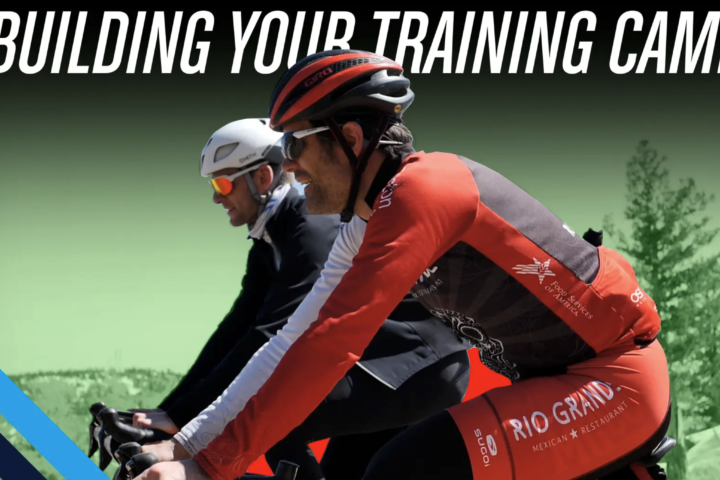
Coaches Ryan Kohler and Trevor Connor discuss tips, tricks, and the underlying principles to help you design a training camp.
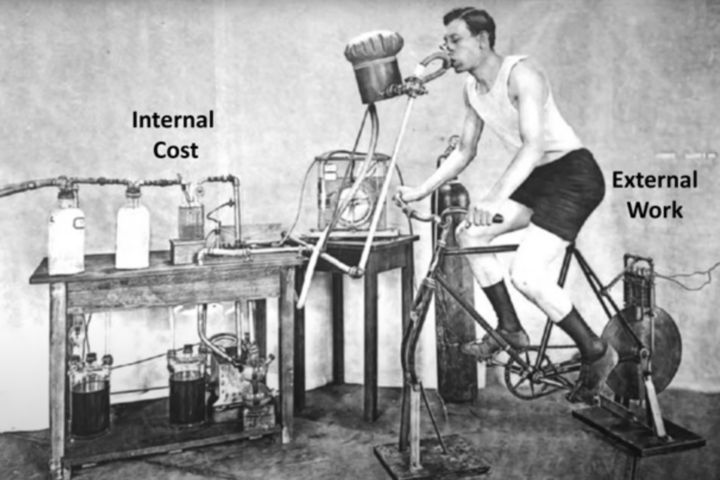
Exercise physiologist Dr. Stephen Seiler walks through five steps for turning polarized training into a more personalized approach.
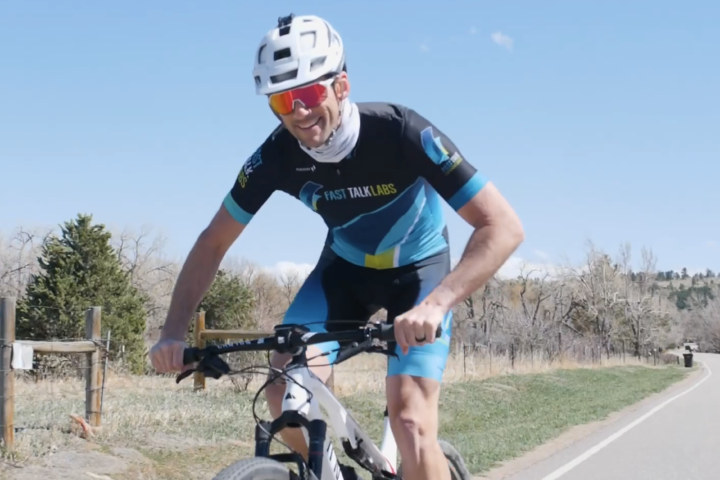
Just because you have limited time doesn’t mean you can’t create a training plan that involves an overload stimulus. We show you how.

We review the art and science of developing and maintaining an annual training plan, which helps athletes progress and perform at their best.

We explore whether Strava and other new training apps can make you faster, and how to effectively fit them into a structured training plan.
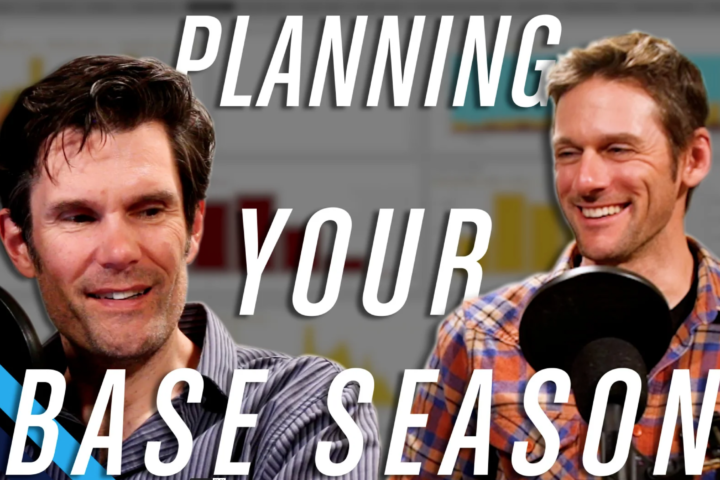
We discuss the nuances of base season planning, from the appropriate intensity distribution to the time it takes to produce gains from both aerobic and anaerobic work, and much more.

Learn how to reframe your mindset about training. Let’s throw away outdated athletic goals in terms of “climbing mountains.” Rather, think about your athletic journey as an orbital path with your Dream, Goal, or Objective at one point, three-quarters of the way around the orbit.